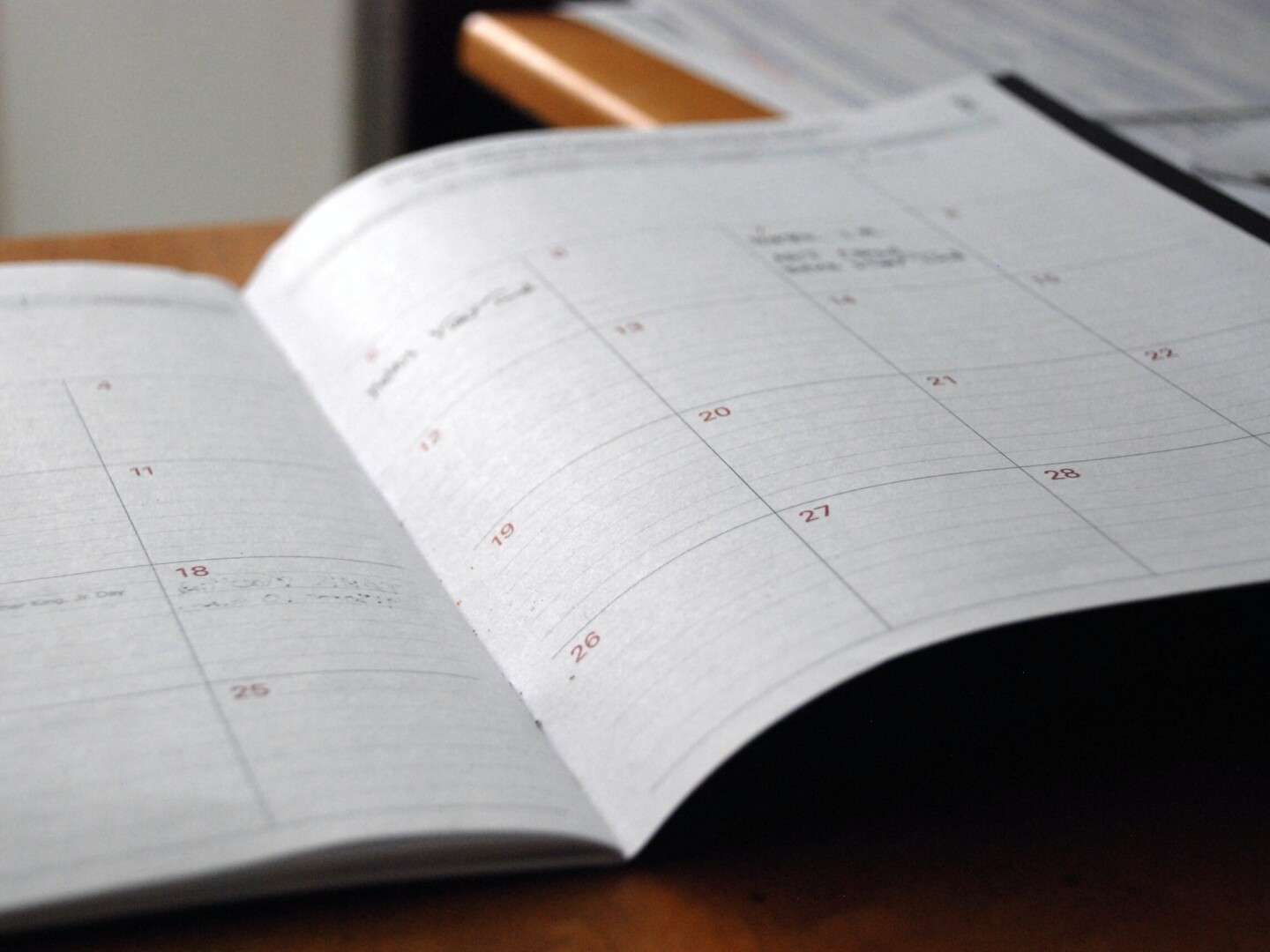


An employee file, or personnel record, is a group of documents that contain all relevant information about an employee’s time in your business, from their job application to their resignation letter.
You may be confused about what should be in an employee file or wondering how long you should keep the information for. In this guide we’ve created an employee files checklist to help you gather all the right documents and answer any common questions you may have.
Having all important information about an employee stored in one place means it’s easy to find any relevant details about their role and responsibilities.
It also means you can produce any necessary records in the event of an employee making a claim against you. This is why it’s important to keep an employee’s personnel file up-to-date and regularly review all files to ensure all relevant documents are there.
This will help to protect you in the case of a claim against you, as the employee file will serve as a record of what support and treatment the individual received within the business.
Employee file contents will vary from person to person, but we think there are a few key aspects that should be included.
The things to include in an employee’s personnel file are:
Any information that is not relevant to the employee’s role, for example their ethnicity or details about a disability, should not be included in their personnel file.
Steer clear from including any observations or opinions about the employee in their file: the information should be limited to just facts.
Due to employee files containing private information, such as home address or details of any disciplinary action, you should ensure they are protected, and access limited. Only the employee themselves, their direct manager and HR staff should be able to view their files.
The GDPR (General Data Protection Regulation) came into effect in May 2018 and laid out strict rules surrounding employers’ responsibility to protect their employees’ data.
Don’t assume that you can get rid of all an employee’s information when they leave your business. You may be legally required to keep hold of some data, for example payroll details, and it’s best practice to keep other information in case a past employee makes a claim against you. If you’ve deleted records of appraisals, disciplinary action or benefits, you won’t be able to present evidence that you followed employment laws.
For unsuccessful job candidates, it’s a good idea to keep their information for at least 6 months after they apply. For past employees, the general rules are:
Under the GDPR, employees have a right to be told:
If an employee requests a copy of the data you have about them, you’ll have 30 days to provide it.
The days of keeping employee documents in a locked, fire-proof cabinet are fast becoming history for many businesses. By far the safest, most reliable method of keeping employee personnel files in one place is storing them within HR software.
With HR software, you’ll be able to keep important documents secure and limit the people who can access them. Employees will be able to edit their personal details when they need to be updated, freeing up admin time for yourself.
Since the software is housed in the cloud, it will be accessible from anywhere. This will be useful as more and more workers are starting to work remotely, or have flexible working patterns which allow them to work from home some days a week.
Employees will be able to get answers to any queries they have about their role or responsibilities by viewing their employment contract and job description on the software. This will reduce the amount of time you use up by answering common questions from employees, leaving you free to focus on your business.
The content of this blog is for general information only. Please don’t rely on it as legal or other professional advice as that is not what we intend. You can find more detail on this in our Terms of Website Use. If you require professional advice, please get in touch.